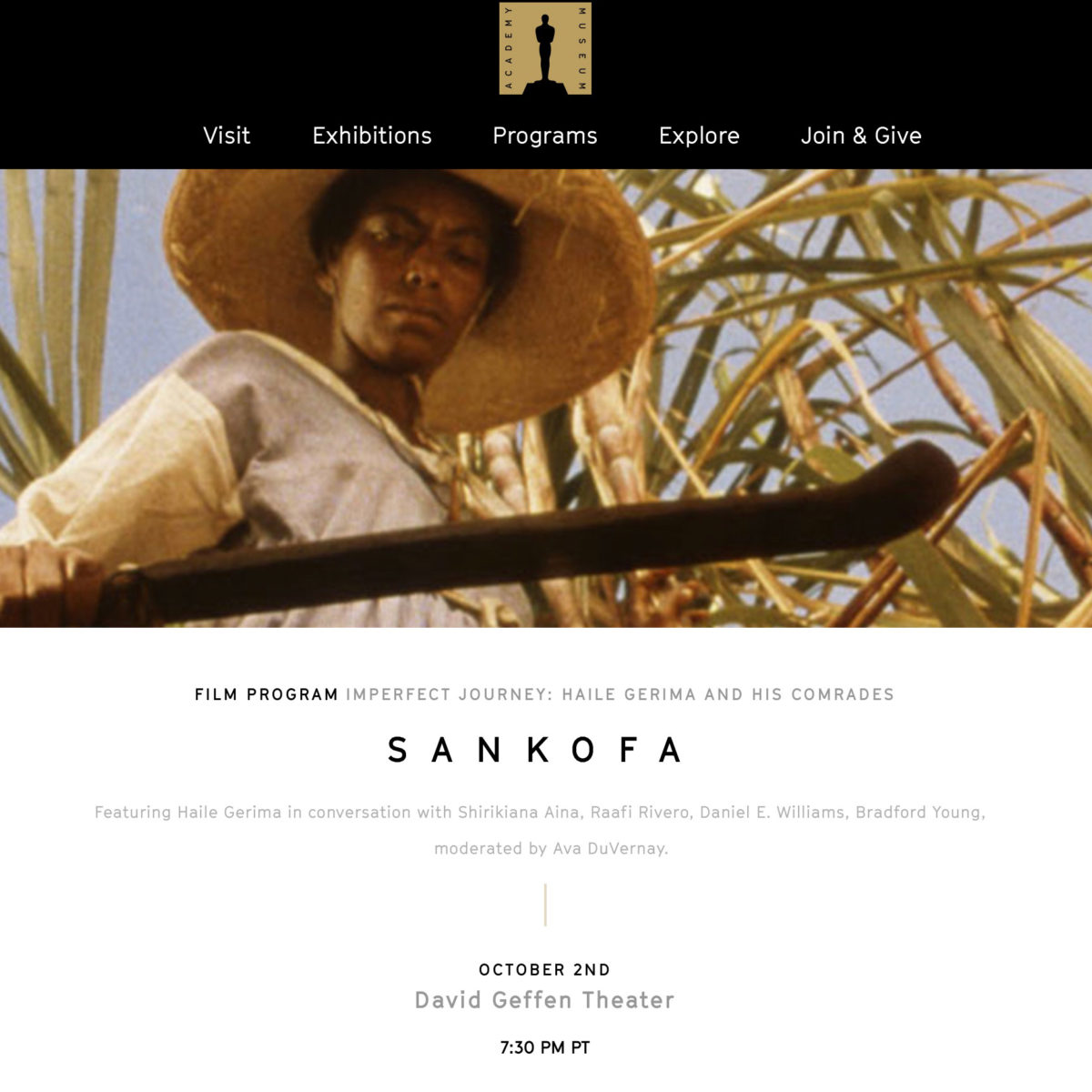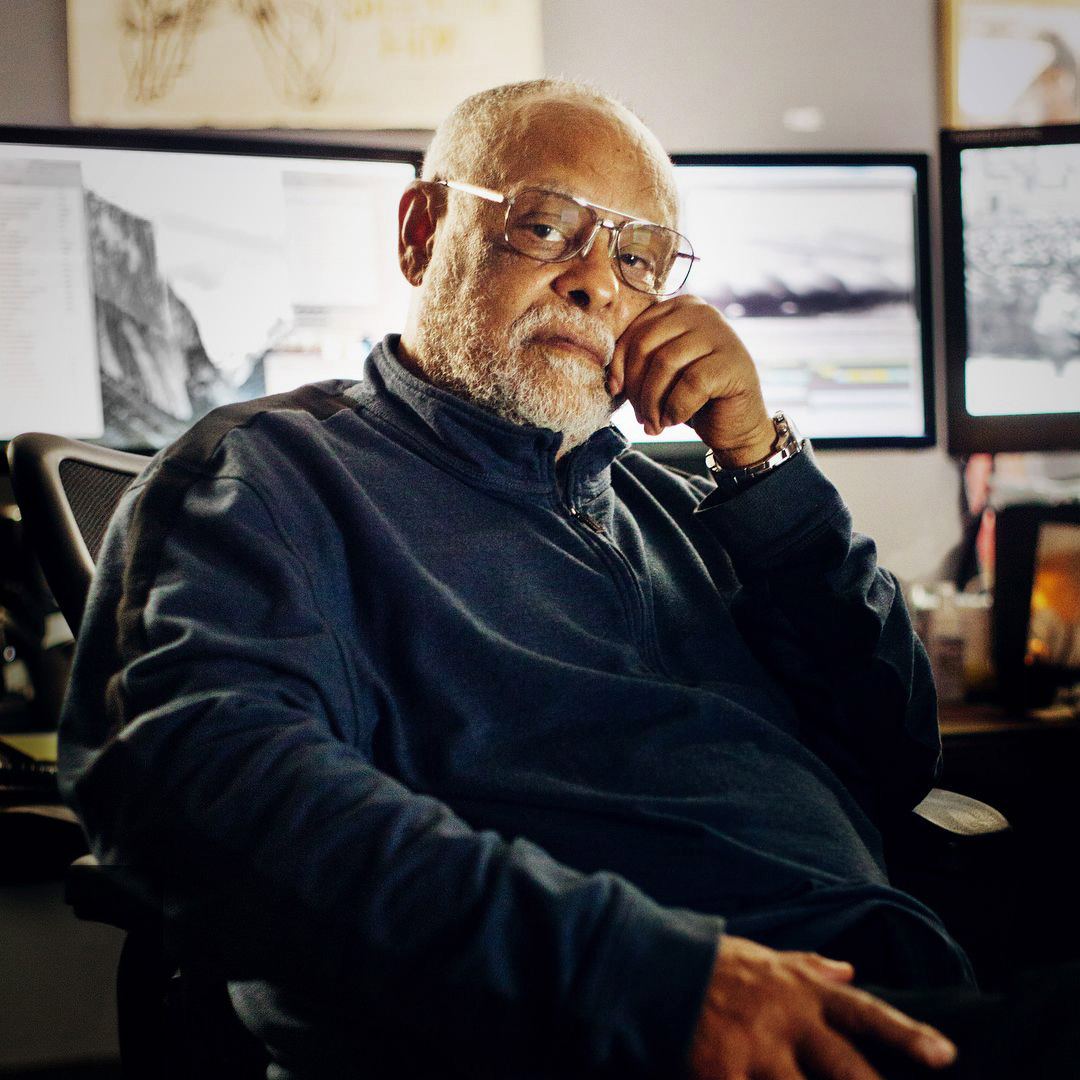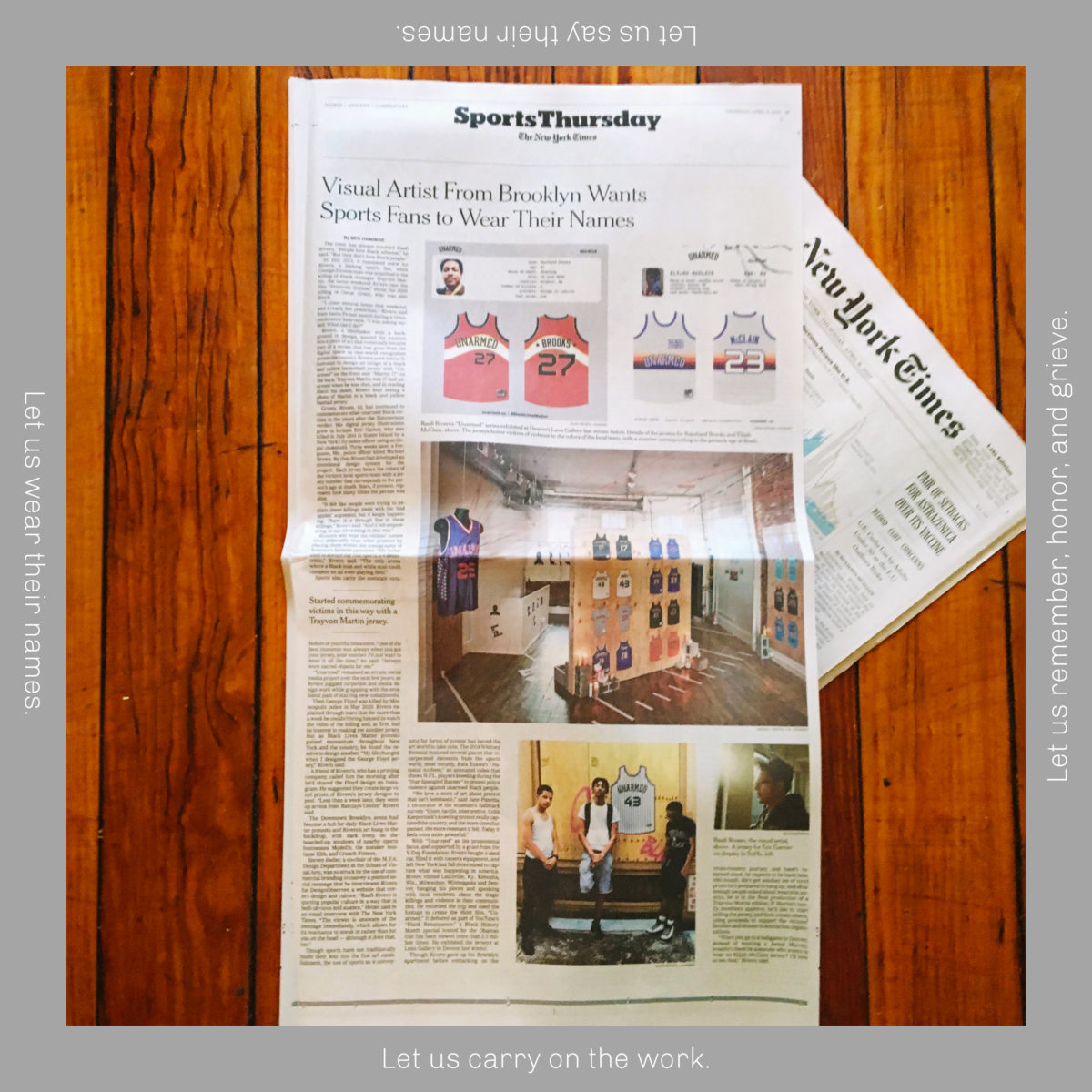
Back in the maudlin days of this blog it was hard to imagine some of the wonderful things that have happened in my professional life over the past few years. The only things to report were the reality that those things were decidedly not happening. I started to make the posts here less personal, more bland.
But what’s the point of having a weblog if you never actually say anything?
And so I started writing more personal stuff again, even if there was no anticipation that it would ever lead anywhere. The direction of my career has, in fact, never ceased to be a point of deep misgiving, even if, against all odds, the wins have started to stack up here and there. So, in the spirit of that confused young man, and his slightly-less-confused older self, I share the following:

Last week I appeared on a panel at the newly-opened Academy Museum of Motion Pictures in support of mentor and all-around mensch Haile Gerima, whose film Sankofa was recently restored. The night was the first screening of Haile’s retrospective. It was thrilling to see the restoration of a seminal black film on what the Museum itself calls the best screen in the world.
Being included on the panel was an honor. Also supporting Haile were Daniel E. Williams, another former professor of mine, Oscar-nominees Bradford Young – a friend and former classmate – and Ava DuVernay, who led the Academy’s efforts to restore the film. It felt great to be part of such a special event. And, it must be said, my outfit was on point. I even got the biggest laugh of the night.

In 2017 I took this picture of Haile at his office in DC. He was seated in his customary position: in front of the Avid, working on his next film. The photo is a reminder that there is only the work. The accolades, if they come, come on their own time.
—
My film 72 Hours: a Brooklyn Love Story? also screens at the Academy Museum as a part of the retrospective – an honor unto itself. Stream it on Amazon here.







